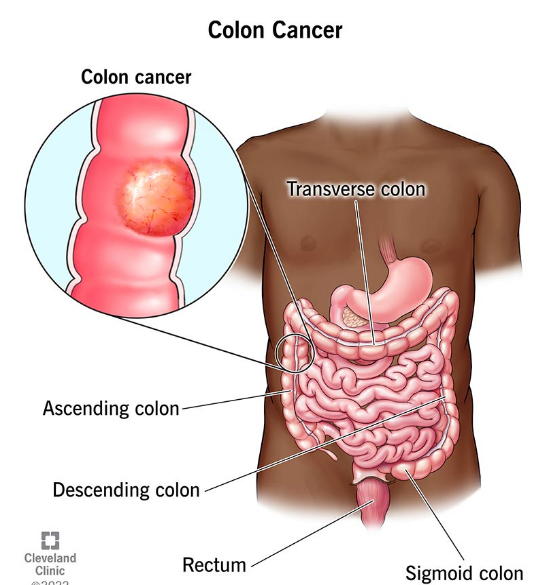During change-of-shift report, a nurse discovers they overlooked a prescription for a type and cross-match of a client who is to have surgery the next day. Which of the following actions should the nurse take first?
Inform the provider of the delay in obtaining the type and cross-match.
Document the incident in the client’s medical record.
Prepare an incident report for risk management.
Obtain the client’s type and cross-match.
The Correct Answer is D
Choice A Reason:
Informing the provider of the delay in obtaining the type and cross-match is important for keeping the healthcare team informed. However, this action should follow the immediate step of obtaining the type and cross-match to ensure the client has compatible blood available for surgery. Communication with the provider is crucial but secondary to addressing the immediate need.
Choice B Reason:
Documenting the incident in the client’s medical record is necessary for maintaining accurate records and ensuring continuity of care. However, this action should be performed after the immediate need for obtaining the type and cross-match is addressed. Accurate documentation is essential but not the first priority in this situation.
Choice C Reason:
Preparing an incident report for risk management is important for identifying and addressing potential system issues that led to the oversight. However, this action is not the immediate priority. The primary focus should be on obtaining the type and cross-match to ensure the client’s safety during surgery. Incident reporting can be done after the immediate needs are met.
Choice D Reason:
Obtaining the client’s type and cross-match is the first action the nurse should take because it ensures that the client will have compatible blood available for transfusion if needed during surgery. This step directly addresses the immediate clinical need and prioritizes the client’s safety and readiness for surgery.
Free Nursing Test Bank
- Free Pharmacology Quiz 1
- Free Medical-Surgical Quiz 2
- Free Fundamentals Quiz 3
- Free Maternal-Newborn Quiz 4
- Free Anatomy and Physiology Quiz 5
- Free Obstetrics and Pediatrics Quiz 6
- Free Fluid and Electrolytes Quiz 7
- Free Community Health Quiz 8
- Free Promoting Health across the Lifespan Quiz 9
- Free Multidimensional Care Quiz 10
View Related questions
Correct Answer is B
Explanation
Choice A Reason:
Using extension cords to prevent overloading circuits is not a recommended safety practice. Extension cords can pose tripping hazards and may not be designed to handle the electrical load of multiple devices, which can lead to overheating and potential fire risks.
Choice B Reason:
Obtaining a raised toilet seat for the bathroom is a practical safety measure for older adults. It helps reduce the risk of falls by making it easier for individuals with limited mobility to sit down and stand up from the toilet. This modification can significantly enhance bathroom safety.
Choice C Reason:
Covering slippery stairs with an area rug is not advisable. Area rugs can slip and create additional hazards. Instead, using non-slip treads or securing the rug with non-slip backing is a safer alternative.
Choice D Reason:
Securing loose wires under carpeting is not recommended. This practice can create a fire hazard and make it difficult to access the wires if needed. It’s better to use cable management solutions that keep wires organized and out of the way without hiding them under carpeting.
Correct Answer is C
Explanation
Choice A: Have a fecal occult blood test every 2 years.
The recommendation for fecal occult blood tests (FOBT) is typically to have them annually, not every 2 years. Regular screening is crucial for early detection of colorectal cancer. The American Cancer Society suggests that people aged 45 and older should have an FOBT every year. This test helps detect hidden blood in the stool, which can be an early sign of cancer.
Choice B: Limit intake of dietary fiber.
Dietary fiber is actually beneficial in reducing the risk of colorectal cancer. High-fiber diets, rich in fruits, vegetables, and whole grains, are associated with a lower risk of developing colorectal cancer. Fiber helps in maintaining a healthy digestive system and can aid in the prevention of cancer by promoting regular bowel movements and reducing the time that potential carcinogens stay in the colon.
Choice C: Reduce intake of red meats.
Reducing the intake of red meats is a well-supported recommendation for lowering the risk of colorectal cancer. Studies have shown that high consumption of red and processed meats is linked to an increased risk of colorectal cancer. Reducing the intake of these meats and opting for healthier protein sources like fish, poultry, and plant-based proteins can help lower this risk.
Choice D: Have a colonoscopy every 3 years.
The standard recommendation for colonoscopy screening is every 10 years for individuals at average risk, starting at age 45. More frequent colonoscopies, such as every 3 years, are generally reserved for those with higher risk factors, such as a family history of colorectal cancer or the presence of polyps. Regular colonoscopy screenings are vital for detecting and removing polyps before they can develop into cancer.

